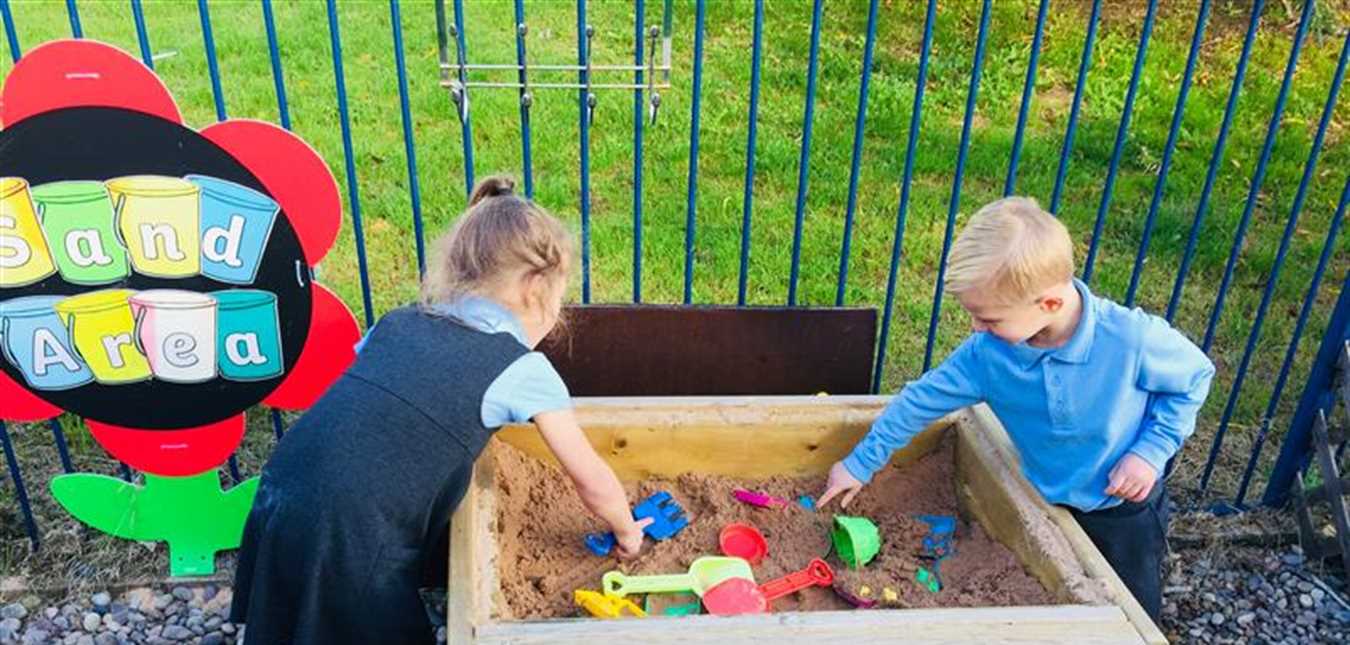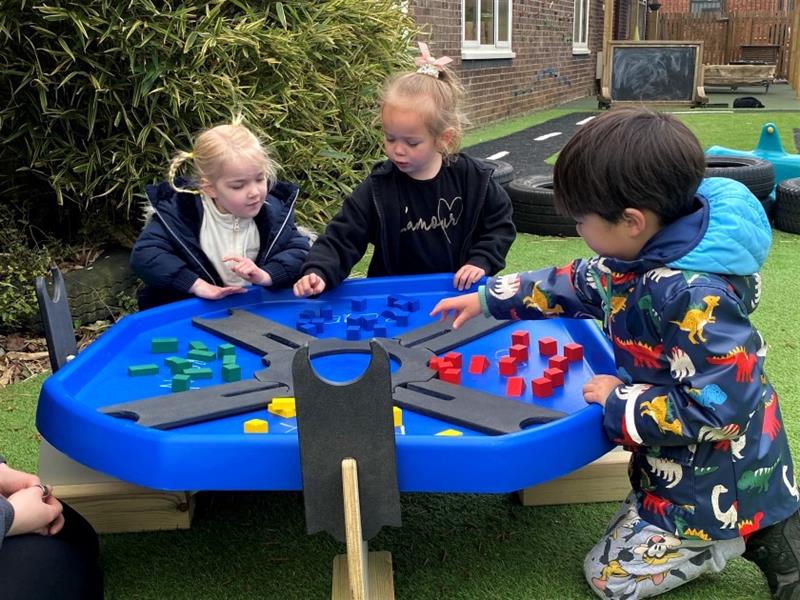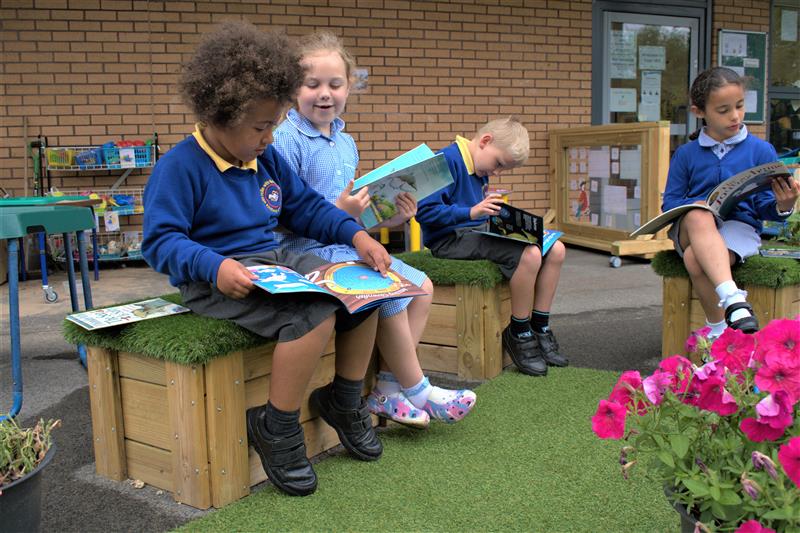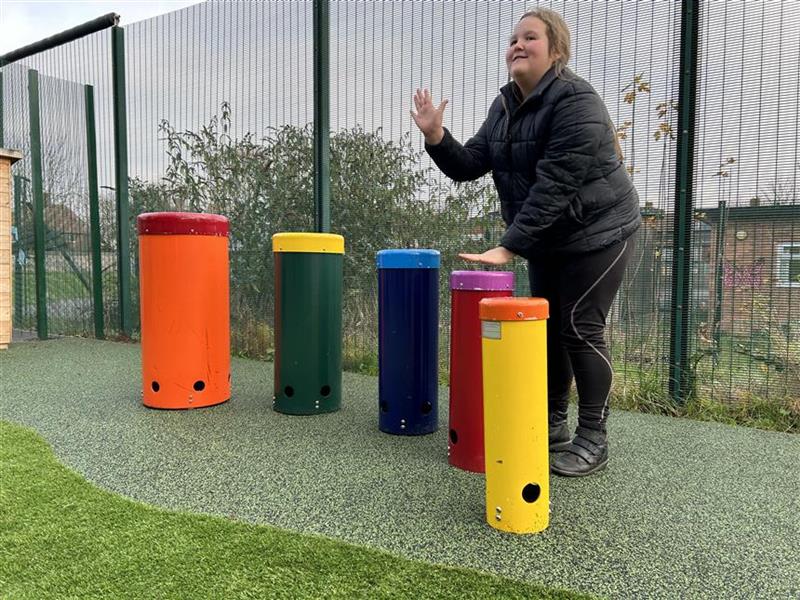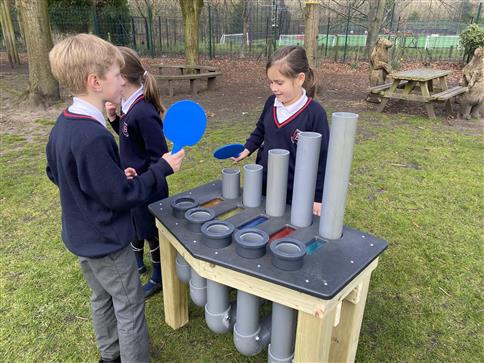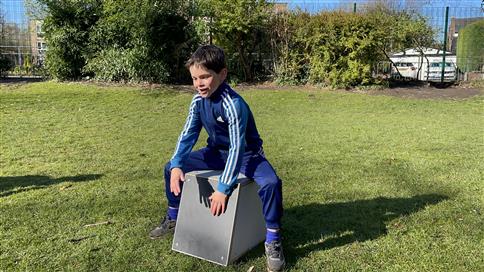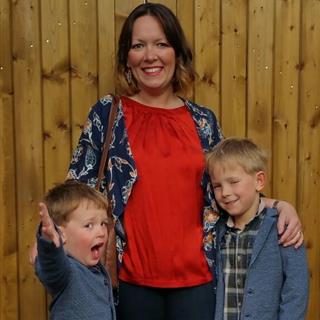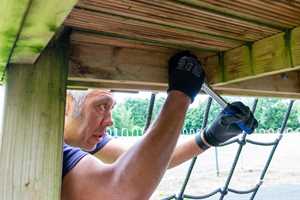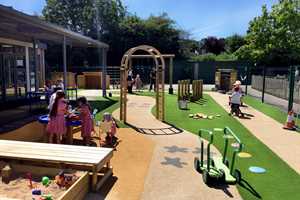Playground Design
5 Playground Resource To Support and Enhance Learning for Non-Verbal Children
Communication is an essential human need - just because a person can’t speak, it doesn’t mean that they don’t have something to say.
We all need to communicate, to connect with others, to express our wishes and to make our own decisions.
For non-verbal children, this can be a real challenge. There are often other factors at play. Being non-verbal is most commonly associated with autism although of course children with other special needs may struggle or be unable to communicate verbally.
The key is to find a communication strategy that really works for them. Play, as with so many things, is a wonderful adaptive tool for finding these strategies - for helping children to find a way of communicating that works for them and those around them and for giving them the confidence to express their wants and needs.
A school’s outdoor learning environment is the perfect place to support, teach and facilitate alternative ways of communicating.
The outdoors, the fresh air and all the wonderful sensory stimulation that it provides is renowned for its de-stressing, wellbeing-boosting capabilities.
And it’s here, in an informal outdoor learning space - whether children prefer the calming and relaxing zones or the more stimulating and energising zones - where children want to be.
They want to play, engage and be a part of it.
We have consulted with teaching professionals, both mainstream and SEN, across the primary and nursery sectors in order to design our specialist range of SEN outdoor play and learning products for schools and nurseries.
We can create playgrounds that, amongst many other things, can be used to support non-verbal children through alternative methods of communication.
The following five tips and ideas highlight ways in which you can use and improve your school’s outdoor learning environment to encourage and allow non-verbal children to communicate and enjoy meaningful outdoor play:
1. Motor Communication Development
Speech might seem like the most obvious way for people to communicate, but actually there are so many other ways that we communicate with each other on a daily basis - gestures, pointing and touching, facial expressions, eye contact, writing and drawing, using computers and so on. Effective communication is about understanding what others are trying to convey to us.
Typical motor communication involves reaching for an object, tapping it or taking a person to it. Asking questions such as “do you want x or y?” and tapping each one with your hand as you say what they are. Visual communication like this is generally much more meaningful to non-verbal children with autism.
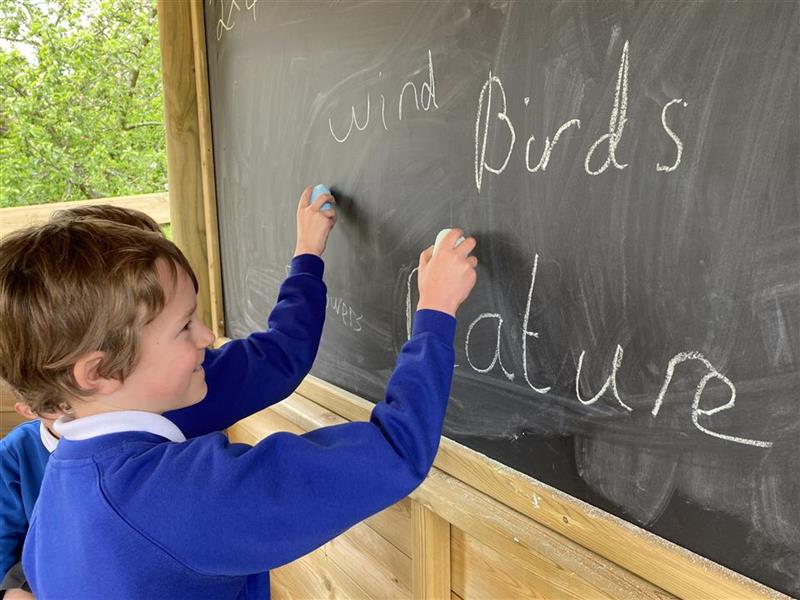
You can create numerous opportunities to practice motor communication if you have an outdoor environment full of different, intriguing, sensory-based toys and equipment for non-verbal children to explore.
Watch how a child communicates as they play. They might tap the toy to convey that they want it, or point, or put your hand on it. Reinforce the motor behaviour by giving them the item.
When you are communicating in this way, actually touching something (rather than pointing) and speaking clearly at the same time, makes the communication much more concrete for the child.

A Tuff Spot Table is a brilliant playground resource for tactile play as you can display all sorts of different toys and sensory items to explore and keep it varied. Paint, putty, play dough, coloured sand, marbles, lego, blocks, beads, books, whatever you like.
Sorting and matching games coordinate visual and motor skills and really help non-verbal children as they learn to find a picture of something they want and point or tap on it to communicate.
These games are really well suited to a Tuff Spot Table, where there is plenty of space to lay items out and mix them up (you can store them in the boxes underneath for immediate easy access) .
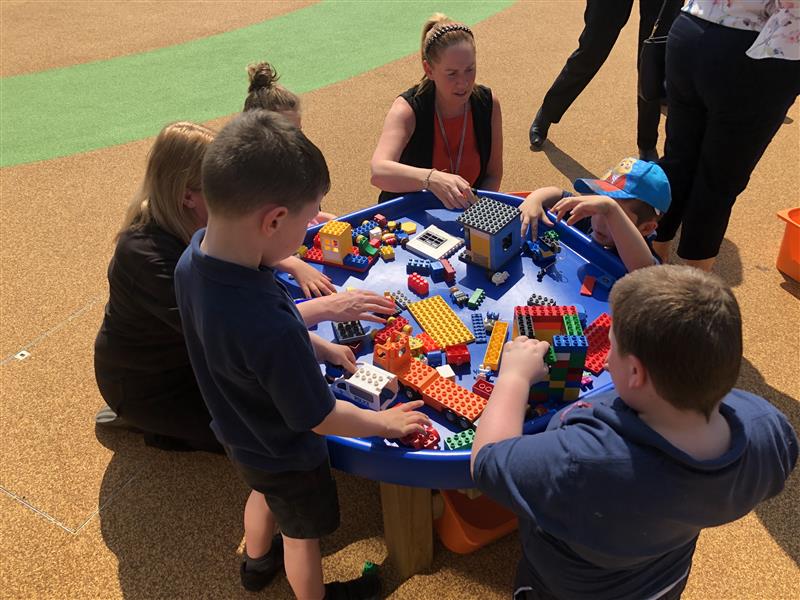
A Sand Table full of sand and a selection of toys - spades, spoons, cups, rakes, buckets, moulds, sieves, vehicles - can be used in the same way.
Stay close for a while and play together to help a child stay focused and encouraged to communicate. A variety of resources will help to prevent them from self-stimulating or fixating on one thing.

2. Cause and Effect Playground Activities
Cause and Effect activities are brilliant for non-verbal children, particularly non-verbal children with autism, as they help children to understand the purpose of the toy or piece of equipment.
Games are successful when children are motivated to cause the effect and to discover the impact that they can have on something. It’s a great feeling and encourages them to participate again and to communicate something that they want to do.
Music-making is ideal - a wonderful, liberating, alternative way for children to express themselves and a perfect example of cause and effect - the sound is the effect of playing the instrument. Try playing together on Drum Seats, Batonka, a Xylophone or Chimes, all designed for the outdoor playground.
Our popular Ball Run is an outstanding resource for demonstrating cause and effect and for supporting non-verbal children through limitless open-ended, interactive play.
It gives children the opportunity to problem-solve for themselves, designing and building their own course for the balls to run. Release a ball at the top, step back and watch what happens. It’s hands-on and supports alternative ways of communicating to demonstrate positional concepts.
3. Mirror Me Playground Games
Mirrors can really help if direct eye contact is too invasive for a child. Try using a Mirror to see if they will look at you, and also themselves, that way. It can help to build confidence and trust. A Giant Playground Mirror is good fun and a great ice-breaker.
Imitation as a form of social play is much less socially complicated for non-verbal children with autism. Encourage imitation through “Simon Says” games and similar games where children can have fun copying or mirroring you or each other.
Clever use of Playground Markings can really help to set this up and set the scene visually.
4. Create a Level Playing Field
Sometimes something as simple as setting yourself on the same level can make it much easier for non-verbal children to communicate with you and vice versa. Communication is much more effective if you can see each other properly.
You can choose to sit so you are at the same level or you can provide resources at different levels so children can climb higher.
Take a look at our Walk and Talk Circle, which is designed to create a cosy, friendly seating environment for storytelling and communication - with sociable seating set at all different levels to raise children up or to bring adults down to their level.
It’s a lovely, colourful place to be and great for enjoying some outdoor reading - lots of opportunities for alternative ways of communicating, pointing at pictures and looking at text together.

A Walk and Talk Circle is not just for sitting on either - the step design is fun for climbing around and encouraging children who feel more comfortable on-the-move to communicate while they’re in one place.
If a child enjoys gardening for therapy, or you are teaching STEAM learning topics through gardening, Planter Benches that allow children to climb up to the planter so they can meet your eye level for better communication are ideal.
A planter with access on both sides is really good for social interaction between non-verbal children - the delight of some beautiful sensory herbs and flowers, acting as a soft barrier between children facing each other, brings a sense of security that will support them in their interactions.
Of course, there is plenty to explore, touch, smell and point at.
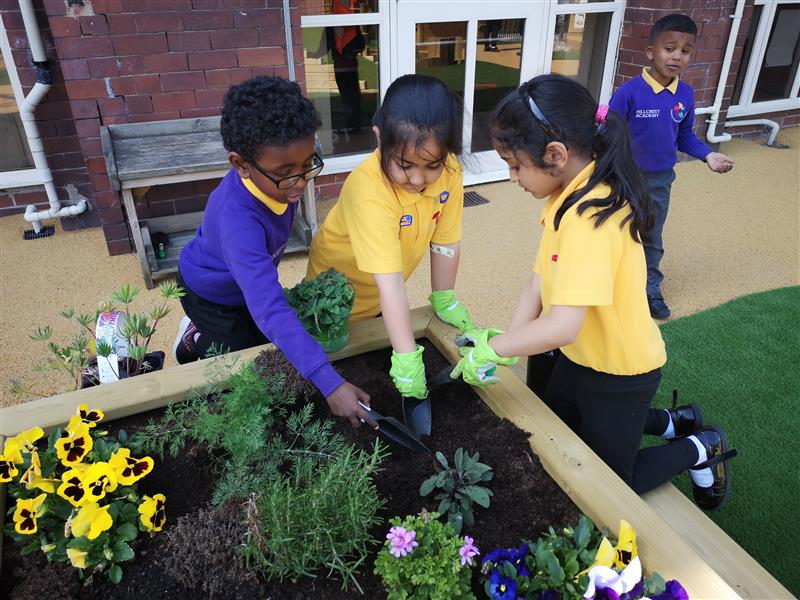
5. Expressive Arts
Giving non-verbal children options and opportunities to express themselves is so important. This may be through music, dance, painting and drawing, playing with different textures or participating in sports - everyone expresses themselves differently.
Sometimes children on the autistic spectrum do not communicate with other people or make eye contact, but they are comfortable communicating, sometimes verbally, with a pet or a toy. Some children who use very little verbal communication will love to sing.
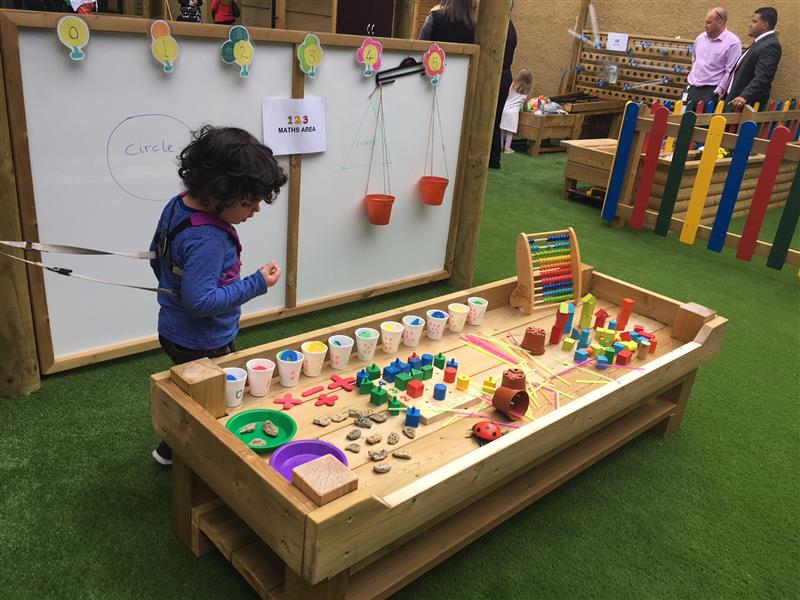
A teacher or carer’s challenge is to notice these strengths and use them as an aid for interaction with that child. A performing arts zone in a playground, perhaps a Musical Stage, means that non-verbal children know that they always have somewhere they can go where role play and/or singing is supported and encouraged.
Opportunities for mark making are a must in any good outdoor learning environment. Chalkboards and Whiteboards are fantastic not only for practising writing and improving fine motor skills, but also as an alternative way for non-verbal children to express their needs, through writing and drawing, when they’re learning outdoors.
What a child cannot use their voice to express, may be something they can mark out, and they need a ready resource to do this.
Our bespoke Communication and Language Zones are designed for use by teachers and children alike to facilitate alternative ways of communicating as much as to improve reading, writing and literacy.
If you are looking for inspiration to improve your outdoor play and learning facilities for non-verbal pupils at your school, please Contact Us. We offer a free, no-obligation consultation with one of our specialist playground consultants, and we can design your playground to suit your specific needs and your budget.



